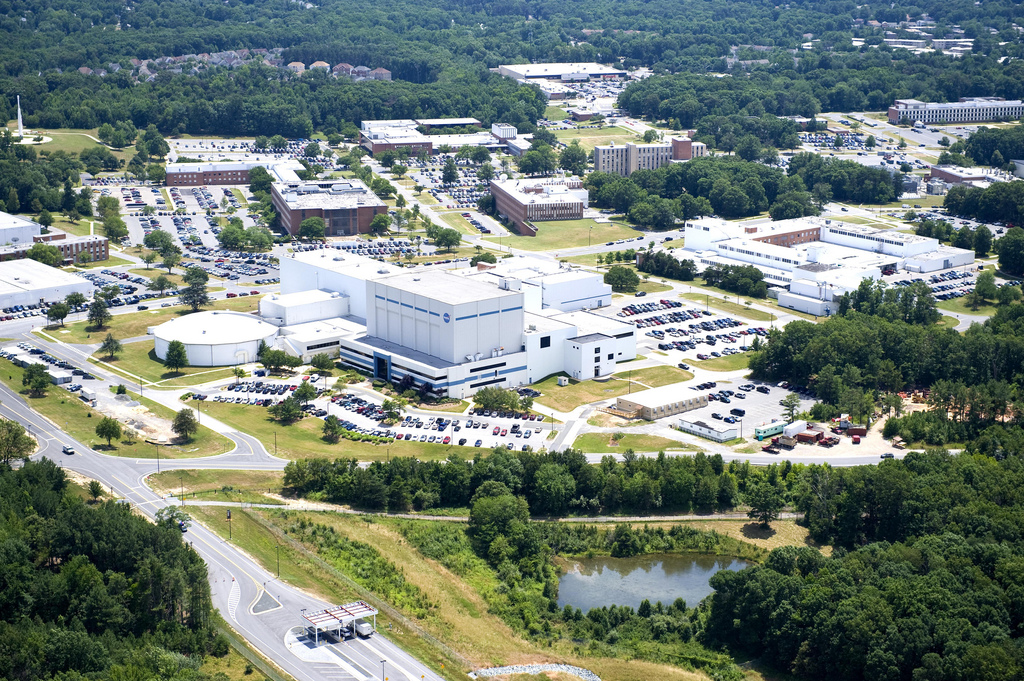Jet Propulsion Laboratory Directors
The Jet Propulsion Laboratory is a leader in robotic space exploration, sending rovers to Mars, probes into the farthest reaches of the solar system, and satellites to advance understanding of our home planet. JPL also operates the NASA Deep Space Network, enabling navigation and data return throughout the solar system.
Managed by the California Institute of Technology and based in Pasadena, JPL is NASA’s only federally-funded research and development center.
JPL is the result of a Caltech graduate student’s research into rocket propulsion in the late 1930s. Funded by the U. S. Army during and after World War II, the Laboratory developed the U.S.’s first guided ballistic missile, the Corporal. JPL led the U.S. into space with Explorer 1, the first U.S. satellite, and joined NASA shortly after the agency formed in 1958. JPL spacecraft have flown to every planet in the solar system, the Sun, and into interstellar space in a quest to better understand the origins of the universe, and of life.
Learn More
In its first decade with NASA, JPL specialized in lunar and planetary exploration. Its Mariner 2 mission was the first successful planetary mission; Surveyor 1 achieved the first successful U.S. soft landing on the Moon; Mariner 9 was the first successful planetary orbiter and photographed nearly the entire surface of Mars in 1971. The 1977 Voyager mission sent two spacecraft to visit the outer planets. Still operating, they are the first spacecraft to have entered interstellar space.
JPL diversified into Earth science and astronomy missions in the 1970s and ‘80s. The 1978 Seasat mission pioneered spaceborne synthetic aperture radar, the technology basis for the upcoming NASA/ISRO NISAR mission. JPL developed the Hubble Space Telescope’s Wide Field and Planetary Camera 1 and 2, and was the U.S. implementer for the US/UK/Netherlands Infrared Astronomical Survey (IRAS) mission. The Laboratory provided a number of instruments to NASA’s Earth Observing System, and working with the French space agency, it has pioneered and sustained spaceborne measurement of sea level since the early 1990s.
In astronomy, JPL developed and operated the Spitzer infrared telescope and developed the Kepler exoplanet hunting mission in the 2000s. It also built the Mid-Infrared Instrument, MIRI, for the James Webb Space Telescope.
JPL has been a pioneer of robotic mobility. Mars Pathfinder delivered the first successful planetary rover to Mars in 1997. JPL sent the twin Mars Exploration Rovers to Mars in 2003, and the much larger Mars Science Laboratory/Curiosity rover in 2011. The Laboratory’s Mars 2020 rover, Perseverance, delivered NASA’s first planetary helicopter to Jezero Crater in 2021, further expanding robotic mobility for science. Perseverance also left sample containers on the surface of Mars for a future Mars Sample Return mission to retrieve.
JPL’s Galileo mission was the first to orbit an outer planet, among other things showing that Jupiter’s moon Europa is likely to have a subsurface ocean. In 1997, JPL launched the joint NASA/ESA Cassini-Huygens mission to Saturn, which excited scientists by demonstrating that there was liquid water inside the tiny moon Enceladus. These two findings broadened the idea of a “habitable zone,” because the presence of liquid water is necessary for life as we know it to exist. The Laboratory’s next outer planet mission is Europa Clipper, expected to begin its exploration of the Jovian moon in 2030.
Other NASA Centers
Learn more about NASA's other centers.

















































